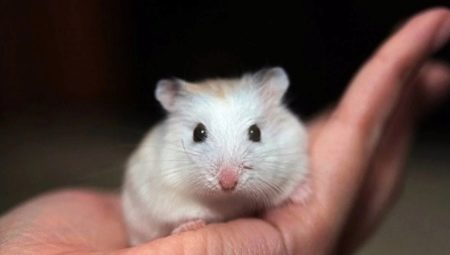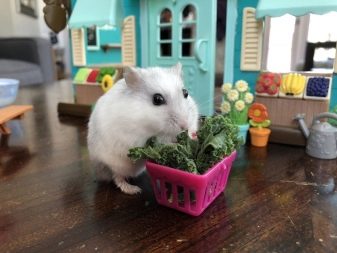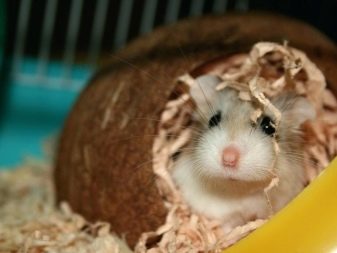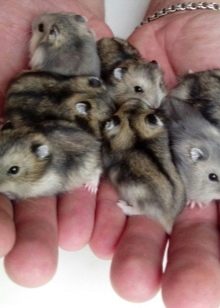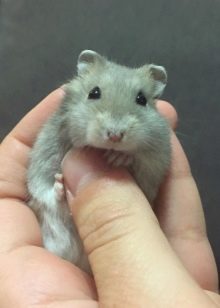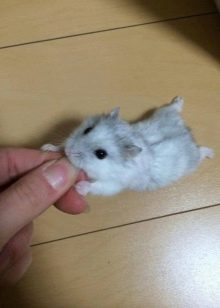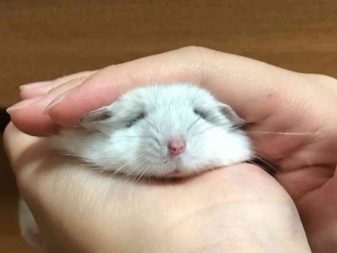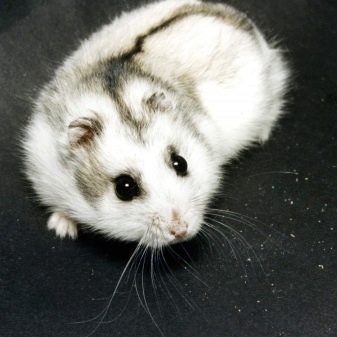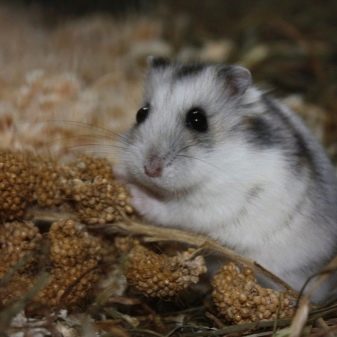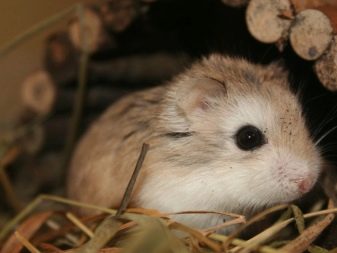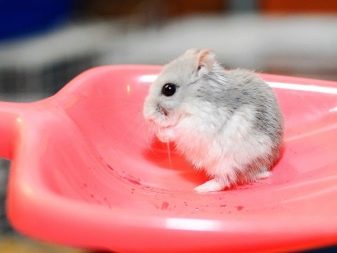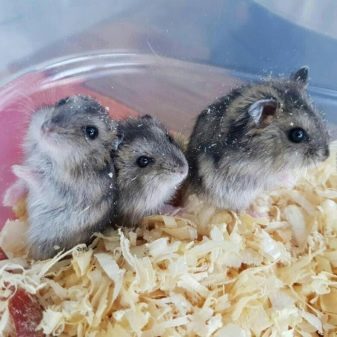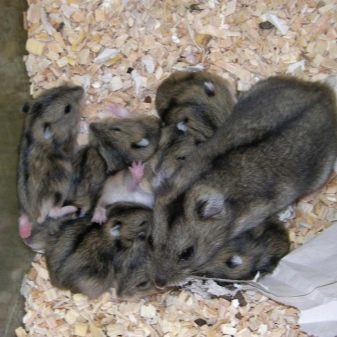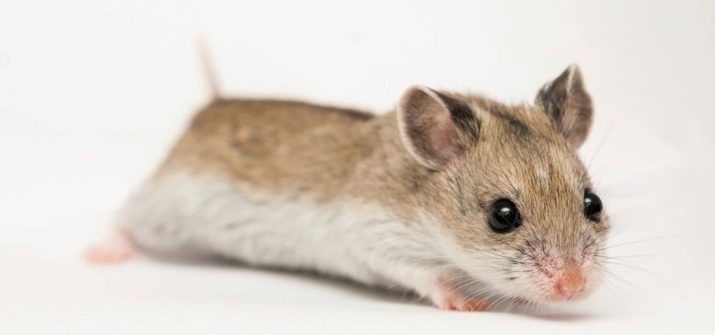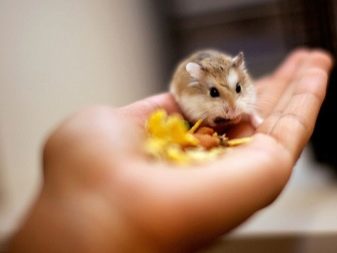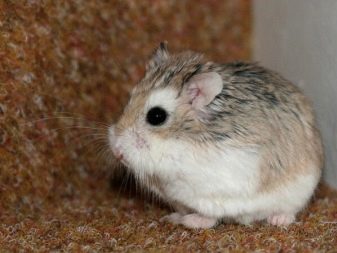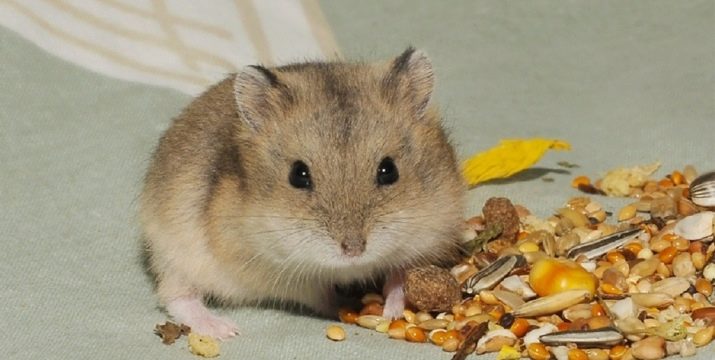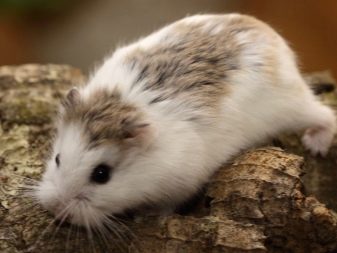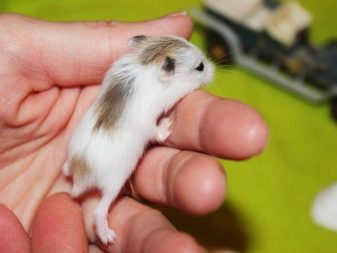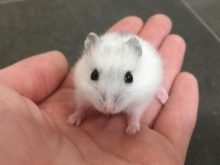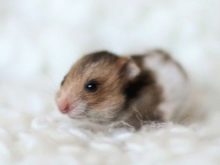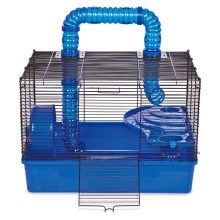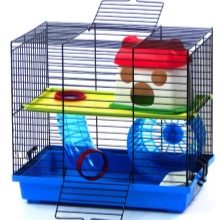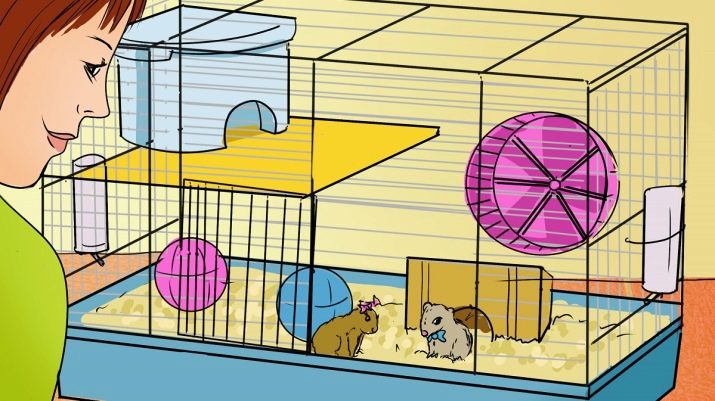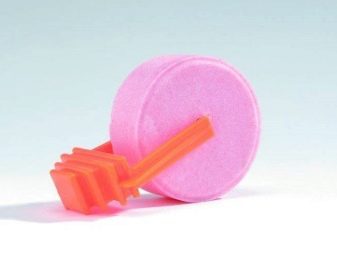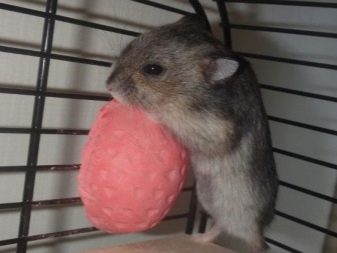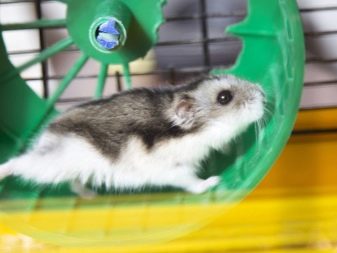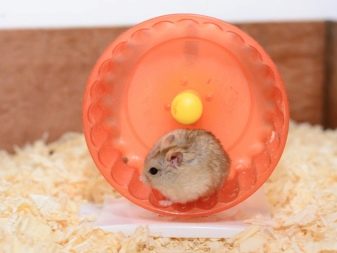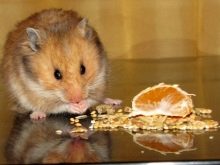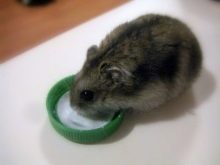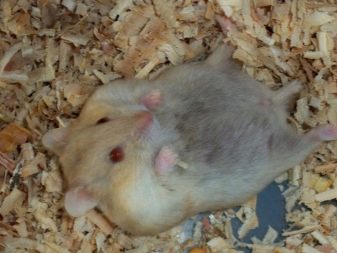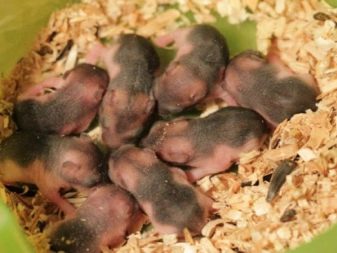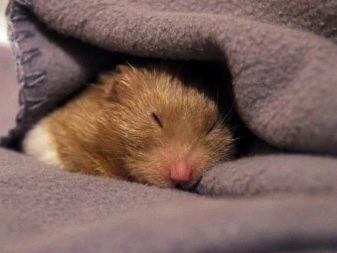There are quite a few varieties of hamsters. In addition to standard breeds, there are also small varieties. Dwarf rodents are very mobile, mischievous animals. Domestic little hamsters are not a separate species, this class consists of dwarf representatives of various breeds.
Features
Small hamsters grow in length not more than 10 cm, weight is about 50 grams. They live an average of 2–3 years, although some may last for 4 years. The coat color depends on the breed: it varies from light, gray or brownish to darker, with a pronounced stripe along the back. Small hamsters are distinguished by the lack of a characteristic odor characteristic of their large relatives. They feel well in captivity and reproduce normally.
For one offspring, the female brings an average of 6-12 children. Crumbs are very energetic, nimble, they can not be left unattended outside the cage - they will flee right there. You also need to be very careful with them to handle, so as not to fall and do not hurt yourself anything.
After acquiring the animal, you cannot immediately take it in your arms - you must give it time to adapt.
Hamsters are gradually tamed and love to be stroked and petted.
Their fur is very soft and gentle, extremely pleasant to the touch. After becoming manual, the hamster will be happy to climb you and can fall asleep in the palm of your hand. But do not squeeze them - they can bite. Hamsters do not like noise, because they are distinguished by a sensitive ear. But the vision is bad, for recognition they use the sense of smell.
Breeds
Dwarf hamsters are of several breeds, differing mainly in coat color, and their excessive activity binds.
Jungar
Dzungarian hamster belongs to the most famous pets of small breeds. Rodent also lives in the wild: on the Asian steppe plains and in deserts. Representatives of this species are very contact and caring for attention. Dzungarik, as it is also called, has a thick gray hair with a dark stripe along the entire length of the back, and a white tummy. Hamsters weigh only 35–60 grams with sizes of 5–10 cm.
Low paws of animals are covered with short light-colored hairs, they also have a tiny tail. The muzzle is slightly elongated, with dark beady eyes. By color they are divided into standard (gray-brown with a white belly), sapphire (gray wool with a bluish tint and a white belly), pearls (milky color with divorces of a gray tone), mandarin (light-brown hair shimmers with a light orange shade).
Duration of life of Dzhungar hamsters - from 2 to 4 years, with appropriate care. Representatives of this breed can change color, by winter their wool becomes lighter. Animals can mate already in 4–6 weeks.
In the natural environment, they acquire offspring from spring to autumn, in a cage can breed throughout the year. Up to 11 babies appear at a time, the pregnancy lasts 21-26 days.
Hamster taylor
Taylor's hamster has a size of no more than 6 cm, although it looks quite lush. The coat is thick, with uneven color: the chest and paunch are white, and the head and back are brownish. Tiny ears, also overgrown with hair, are almost invisible, like a miniature tail. The eyes are black with white eyebrows, specks, nose - pink. Breed Taylor hamsters all year round.
The duration of the gestation period is about 20-30 days, the offspring is from one to five crumbs, weighing only one gram. On the twentieth day, the cubs can live separately. The animals become sexually mature in 10-12 weeks. The life cycle lasts 1.5-3 years.
Campbell Hamster
Campbell's hamster is only one representative of small hamsters, having different colors: white, black, light brown. The body of the animal is round, in length it can reach up to 10 cm, the weight is about 25 g. The tail is very short, the ears are pointed, the base of the legs is covered with wool. The front legs have 4 fingers each, and the hind legs have 5 each. During one pregnancy at 18-22 days, 4-9 children appear. Lives Campbell hamster 1-2 years old.
Hamster Roborovsky
The smallest breed in the world, its representatives are 4.5-5 cm in size and weighing 20-25 grams. The fur is fluffy, a tiny tail is completely lost in it. Slightly rounded ears are at the crown, eyes look like black beads. A special feature of this breed is the presence of white brows. The animals are very bouncy, this ability has evolved due to the fact that the hind legs are longer than those in front.
Roborovsky hamsters are ranked as footy, feet covered with short villi. Fur coat delicate golden sand color. Varieties with different colors of wool have been developed, but it is worth knowing that such crumbs have poor health. In one litter can be 3-6 children. Representatives of this breed live up to 4 years.
Recommendations for selection
When purchasing a hamster in a pet store, you need to consider some of the nuances:
- the age of the animal should be about 5-6 weeks;
- the hamster should not be lethargic, half asleep, but too lively should not be chosen;
- no need to buy a pet if there are at least some fear that it is unhealthy: hamsters are difficult to treat;
- the rodent's coat should be shiny and dry, without hairline and wounds;
- the skin should not be any growths and stray tufts of wool;
- healthy hamster eyes clean, without inflammation and ulcers;
- the nose must also be dry, without any discharge;
- teeth should not be overgrown.
Since hamsters do not live long, you need to choose a healthy pet in order to enjoy the pleasure of communicating with this cute baby as long as possible.
Care rules
When purchasing a dwarf hamster, it is worth remembering that for normal development it needs to create certain conditions and proper care. The first step is to select the appropriate cell. Despite the tiny size of a pet, it should be extensive.
The optimal gap between the rods is 7–8 mm; if the distance is longer, the hamster can escape.
Bunk cells are becoming more and more popular, but there is a chance that too active a baby will fall from the top floor and damage something.
In addition to the cage, you also need to arm yourself with a treadmill wheel, a rest house, labyrinths, and a drinking trough. The litter needs to be made from sawdust or shavings. Little hamsters are very tidy animals, they clean the wool by themselves, they do not need to be washed. For such procedures, you can put a tub of fine sand or specially designed filler. Claws do not need to be processed, but if there are bent, they need to be carefully cut.
By eating solid food, the animal grinds its teeth, and if that is not enough, they can grow quickly and cause discomfort to the animal. In order to prevent such a situation, it is necessary to place a special stone in the cage, about which the hamster will cut down teeth.
The cage should be cleaned 1-2 times a week, and the toilet - as needed. Allowing a walk is better in a walking ball: this way he will not run away and will not be able to damage anything.
Eating small hamsters should be balanced. A special feed mixture must be present in their diet, it is advisable to give it in the evening, since hamsters are nocturnal animals and at this time are very active. They also eat fruits, vegetables, corn kernels, legumes; You can give fish or chicken breast. Fresh water should always be present in the drinker.Corroded residues must be cleaned to avoid poisoning.
In addition, hamsters should not be given citruses, pomegranate seeds, kiwi, sweet and salty foods, sausage. Do not feed them with bread, cabbage, melons and dairy products.
If you plan to keep together the male and female, they should be of the same breed and young - mature hamsters are prone to display aggression.
A pregnant female should be provided with a protein-rich diet and vitamin supplements. Before giving birth, the female is transferred to a separate cage in which sawdust is filled. Of which she makes a nest.
You can not touch the newborn babies or scare the hamster - she can eat babies.
Little hamsters are bald, do not see or hear anything. After 25-30 days, they can already be set aside: separate boys and girls.
Unfortunately, dwarf hamsters often get sick. Signs that should be alerted: disheveled fur, the beast itches, looks apathetic. Common symptoms of the disease are:
- smell;
- heavy drinking;
- lack of or, conversely, excessive appetite;
- wool gets moisture;
- eyes watery, purulent discharge.
Most hamster diseases are caused by improper care.
- Eye disease is treated with chlorhexidine drops.
- Gum bags are blocked as a result of eating unhealthy foods. They are emptied, washed and used an antibiotic.
- Bites are fairly frequent injuries in hamsters. Wounds need to be washed and processed, if necessary, use antibiotics.
- Diseases of the gastrointestinal tract are better treated after examination by a veterinarian, and for the purposes of prophylaxis it is not worth experimenting with nutrition.
- Teeth grow in hamsters throughout life. If you do not give them the opportunity to scrape, they can grow too much and damage the oral cavity. In addition to solid food and crackers, animals should be given a stone for grinding.
- Cystitis can also bother rodents. Treat it only to the vet.
- Scabies causes the presence of scabies mites. In this disease, the coat becomes wet, the skin itches and becomes covered with ulcers. The hamster is isolated because the disease is contagious to humans, and treated in a veterinary clinic.
To avoid diseases, it is necessary to organize the hamster with the proper care and to be responsible for its responsibilities. Then the dwarf hamster for a long time will bring joy and affection with its charming appearance.
About everything you need to know when buying a hamster, see the following video.
